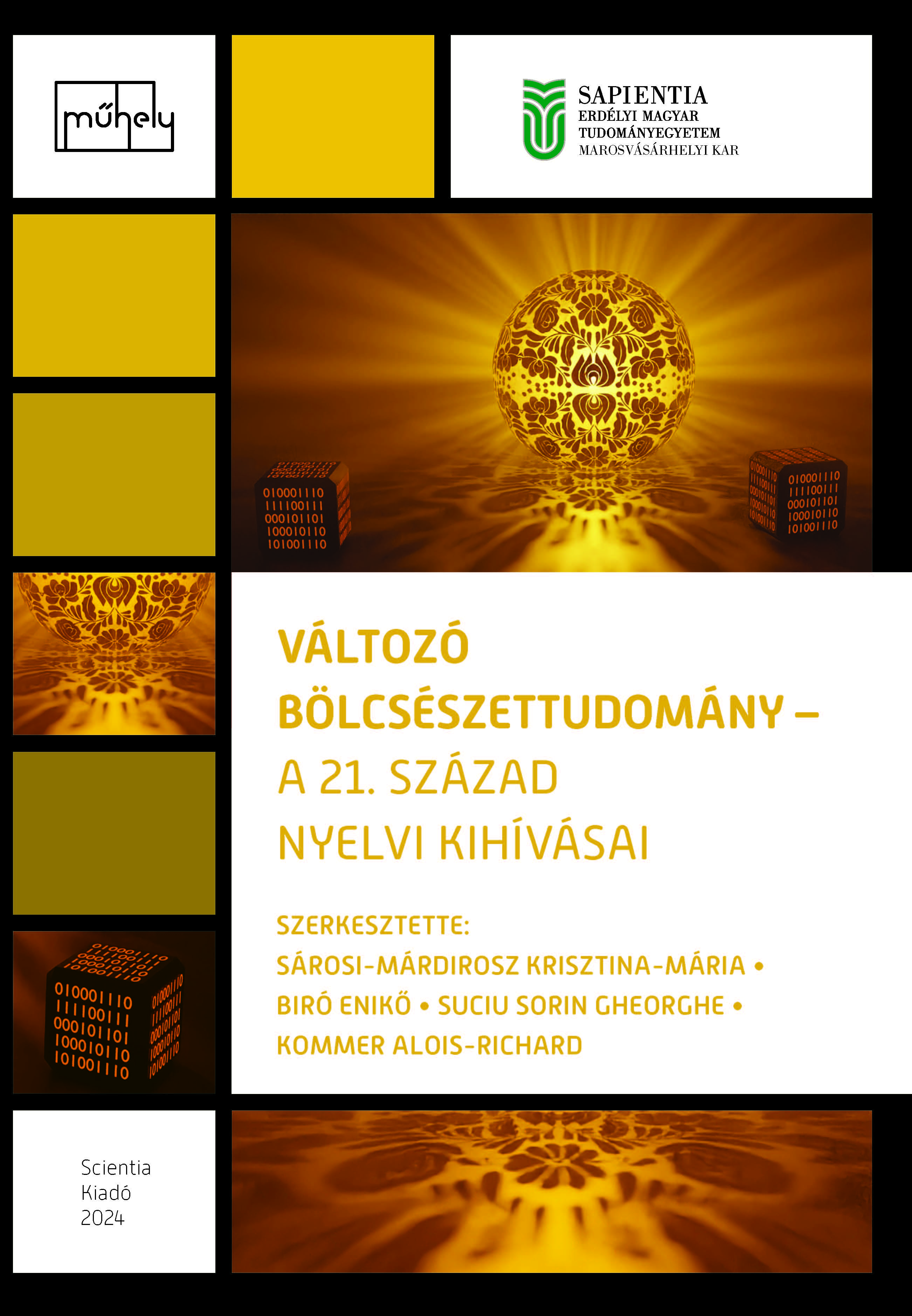THE TRANSLINGUISTIC NATURE OF DIGITAL COMMUNICATION: THE ICONOID COMPOSITE AND ITS ANALYSIS CHALLENGE
THE TRANSLINGUISTIC NATURE OF DIGITAL COMMUNICATION: THE ICONOID COMPOSITE AND ITS ANALYSIS CHALLENGE
Author(s): Ina Vishogradska
Subject(s): Language and Literature Studies
Published by: Scientia Kiadó
Keywords: computer-mediated communication; graphicon; lingo-cultural hybrid; pragmatics; generative approach;
Summary/Abstract: The paper looks into a “translinguistic” manifestation in computer-mediated communication: the presence in written discourse of an iconoid1 composite, the graphicon, an entity, encompassing forms such as emoji, stickers, GIFs, memes, etc. The textual intercourse in digital communication is intertwined with such iconized objects, gaining new meanings and functions, crossing linguistic and cultural borders. They are part of the online culture and specifically part of the communicative skills in digital environment. Despite the fact that the above-mentioned visual representations have a relatively short presence in human communication, it is noticeable that they have already demonstrated a rather rapid and rich variation development.The current work examines the nature of the graphicon as revealed by its ability to be part of the computer-mediated discourse in various linguistic environments. Two different linguistic approaches are employed for analysing the usage of the iconoid composites in attempt to point at their nature as parameters of language in terms of interfering in the linguistic codes.
Book: Változó bölcsészettudomány – a 21. század nyelvi kihívásai
- Page Range: 217-224
- Page Count: 8
- Publication Year: 2024
- Language: English
- Content File-PDF

